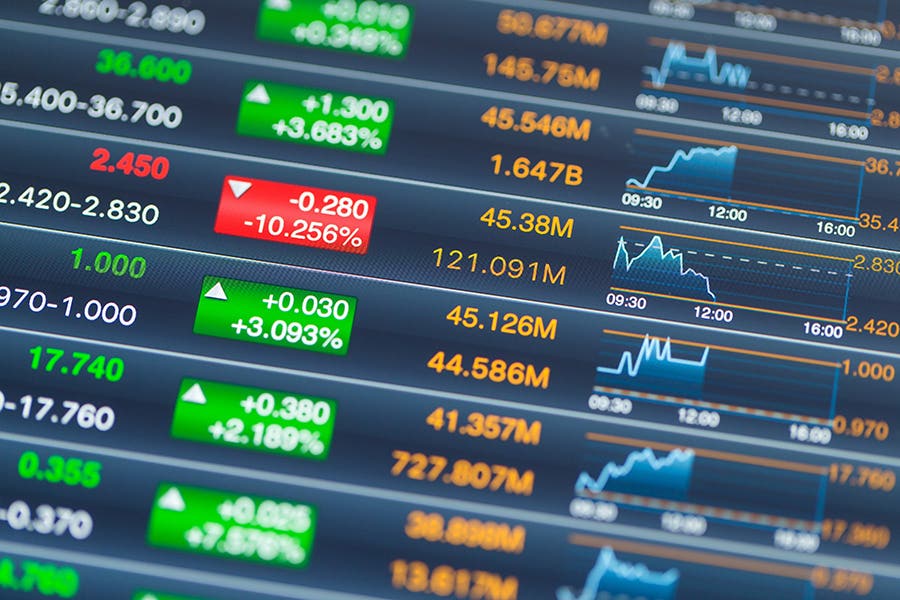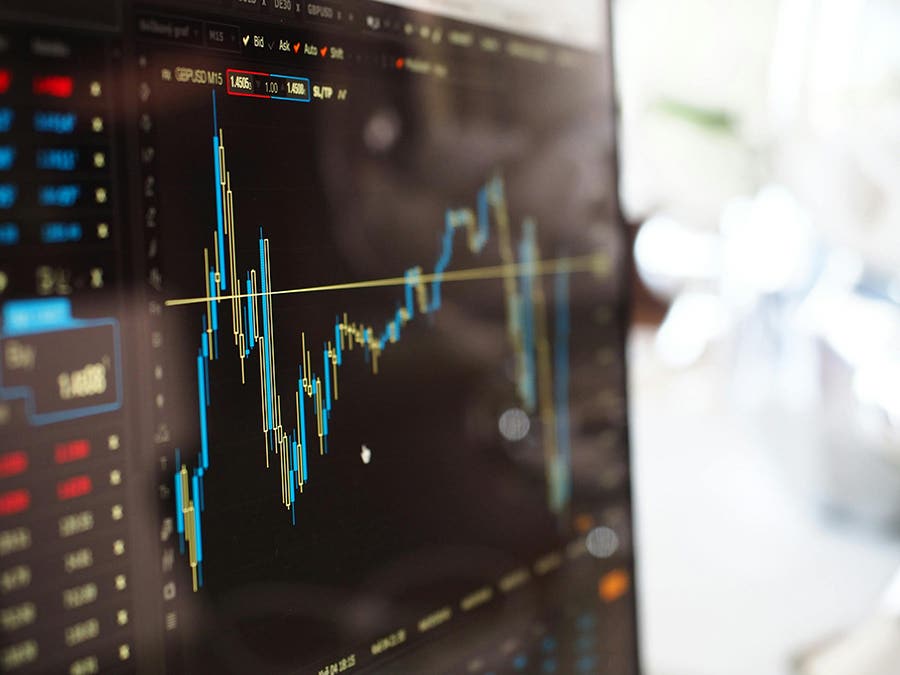Why Was Gold Up In 2023, But Not Silver?
The 2023 “underperformance” by silver discouraged some people later last year from purchasing any bullion-priced silver, and a larger than normal number of them who owned silver liquidated these holdings.
For the year 2023, the price of gold rose on the COMEX 13.5% against the US dollar, while silver only increased 0.5%. Many people consider these two almost interchangeable forms of precious metals. To have one be strong and the other stagnant over the course of a year has folks scratching their heads to understand what happened.
Over time, the prices of gold and silver on a daily basis move in the same direction about 70% of the time. That means for about 30% of the days, one of these metals will close higher than the previous trading day while the other settles lower. Still, over longer time frames they do tend to move in general tandem. Therefore, some people tend to expect both to move in the same direction over multiple weeks, months, or years.
The 2023 “underperformance” of silver discouraged some people later last year from purchasing any bullion-priced silver, and a larger than normal number of them who owned silver liquidated these holdings.
The Silver Institute projects that demand for silver for industrial and photography purposes in 2023 will come to 602.8 million ounces. That topped 2022’s 584.0 million ounces of demand for these applications. It also exceeded 2019 demand, the final year before the pandemic, for these purposes, where demand totaled 540.4 million ounces.
The Silver Institute projects that the total shortfall of newly mined and recycled silver to meet industrial and investment demand from 2019-2023 totaled 689.0 million ounces. That amounts to 13.8% of total supplies of 4,991,500,000 ounces over that time. The Silver Institute calculated that silver supplies exceeded demand by 147.9 million ounces for the years 2014-2018.
Silver has overall been in a large long-term shortage for the past few decades. On this basis, I expect silver to rise over time and to increase much more than gold’s price.
However, the silver market does have one disadvantage compared to gold. No central banks now hold silver in their reserves. Decades ago, the US, Mexico, and India did, but not any longer. Therefore, while central banks added record amounts of gold to their reserves in 2022 and 2023 (contributing to a major boost in its price), there was no silver bought by them.
There is also a problem where physical, or “paper,” silver can be dumped onto the market on short notice to help suppress its price—as a tactic to help hold down the price of gold. JPMorgan Chase has been the custodian of the silver inventory of the SLV exchange-traded fund and holds perhaps hundreds of millions of ounces of physical silver for its own account or for customers. It is in a position to mobilize some of this metal to suppress silver’s price. Then, after the price falls, it can buy back the positions and make a profit.
It is uncertain how long it will take, but the continuing shortages of physical silver supplies to meet demand will someday overcome any market manipulations that might be attempted by JPMorgan Chase or other parties.
In my estimation, it will take the silver market to top $26.00 per ounce and hold above that level before it can once again soar to $30, $50, $100, or higher. Silver only topped $26.00 at the COMEX close one day in 2023 before its price tumbled.
Keep an eye on silver. The dollar volume of gold trading dwarfs that of silver. Since silver trading is a thinner market, its price can and does move up or down by a greater percentage than gold. Therefore, if any major world calamity erupts, demand for bullion-priced physical silver could skyrocket almost instantly—as we saw early in the pandemic in 2020 and in March 2023. So, even though gold solidly outperformed silver in 2023, we still recommend that any allocation between the two metals tilt in favor of silver being 3/5 to 2/3 of the total value between the two. In the long term, I project that the equilibrium gold/silver ratio will fall between 35:1 to 49:1. Today, it is more than double that.
An additional consideration is should the US dollar fail, silver will be far more practical to use in everyday commerce than gold. This could push up its surging value relative to gold even higher.
The answer to last week’s numismatic trivia question.
Last week, I asked— Why did the United States adopt a decimal monetary system instead of non-decimal systems such as those used in the United Kingdom and in Spain and their colonies (which coins circulated widely in the American colonies)? The ultimate answer is that Thomas Jefferson advocated for a decimal monetary system. Jefferson served in France from 1784 to 1789 as America’s Minister Plenipotentiary and Minister to France. He contrasted the cumbersome British system of twelve pence to a shilling and twenty shillings to a pound with the efficient French decimal system. He served as the US Secretary of State from 1790-1793. In this position, he was able to influence the text of the Coinage Act of 1792 that, among other details, established that America’s money would be on a decimal system.
This week’s trivia question
Here’s this week’s question. Which of history’s greatest scientists served as the Master of the Royal Mint in England for 30 years, during which the Great Recoinage of 1696 took place? Come back next week for the answer.
Patrick A. Heller was honored as a 2019 FUN Numismatic Ambassador. He is also the recipient of the American Numismatic Association 2018 Glenn Smedley Memorial Service Award, 2017 Exemplary Service Award, 2012 Harry Forman National Dealer of the Year Award, and 2008 Presidential Award. Over the years, he has also been honored by the Numismatic Literary Guild (including twice in 2020), the Professional Numismatists Guild, the Industry Council for Tangible Assets, and the Michigan State Numismatic Society. He is the communications officer of Liberty Coin Service in Lansing, Mich., and writes Liberty’s Outlook, a monthly newsletter on rare coins and precious metals subjects. Past newsletter issues can be viewed at www.libertycoinservice.com. Some of his radio commentaries titled “Things You ‘Know’ That Just Aren’t So, And Important News You Need To Know” can be heard at 8:45 a.m. Wednesday and Friday mornings on 1320-AM WILS in Lansing (which streams live and becomes part of the audio archives posted at www.1320wils.com).
You may also like








